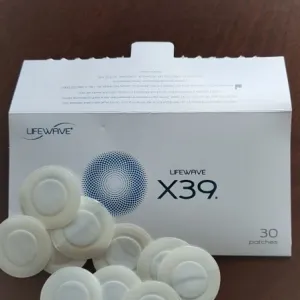Seasonal Affective Disorder (SAD) is a form of depression that typically occurs during a specific time of the year, most commonly in the winter months. While there is no specific physiological measure or lab test to diagnose SAD, healthcare providers rely on a detailed medical history and comprehensive psychiatric evaluation to make an accurate diagnosis¹. In some cases, additional tests may be recommended to rule out other medical conditions that may present similar symptoms, such as thyroid problems¹⁵.
Although not a diagnostic tool, there is a self-assessment test available online that can help individuals evaluate their signs of SAD². This self-assessment test consists of a series of questions related to symptoms commonly associated with SAD, such as feeling down or gloomy during winter or cloudy days with limited sunlight². It is important to note that this self-assessment should not replace a professional diagnosis, but it can serve as a starting point for individuals to better understand their experiences.
If you suspect you may be experiencing SAD, it is crucial to consult with a healthcare provider for a proper diagnosis and treatment plan¹³. They have the expertise to evaluate your symptoms in the context of your overall health and provide appropriate guidance. Seeking professional help is especially important if you are experiencing new, severe, or persistent symptoms¹.
Treatment options for SAD typically include a combination of light therapy, medications, and psychotherapy¹³. Light therapy, also known as phototherapy, involves exposure to bright light to mimic natural sunlight and regulate mood. This can be done using special lightboxes that emit specific wavelengths of light. Medications, such as antidepressants, may be prescribed to help manage symptoms of depression associated with SAD. Psychotherapy, such as cognitive-behavioral therapy (CBT), can also be beneficial in helping individuals develop coping strategies and address negative thought patterns¹³.
It is worth noting that the effectiveness of treatment options may vary from person to person. Therefore, it is essential to work closely with a healthcare provider to find the most suitable approach for your specific needs. They can tailor the treatment plan based on your symptoms, overall health, and individual preferences.
In addition to professional treatment, there are lifestyle changes that individuals with SAD can incorporate to help alleviate symptoms. These may include getting regular exercise, maintaining a healthy diet, ensuring adequate sleep, and increasing exposure to natural light during the day. Engaging in activities that bring joy and practicing stress management techniques can also contribute to overall well-being during the winter months³.
In conclusion, while there is no specific lab test to diagnose Seasonal Affective Disorder (SAD), healthcare providers rely on a thorough medical history and psychiatric evaluation to make an accurate diagnosis. Self-assessment tests can provide individuals with insights into their symptoms, but they should not replace professional evaluation. Treatment options for SAD include light therapy, medications, and psychotherapy, and it is important to work closely with a healthcare provider to develop an individualized treatment plan. By seeking professional help and incorporating lifestyle changes, individuals with SAD can effectively manage their symptoms and improve their overall well-being during the winter months.
References:
1. Diagnosis of Seasonal affective disorder and what are its different treatment options?. Retrieved from https://www.msn.com/en-us/health/condition/Seasonal-affective-disorder/hp-Seasonal-affective-disorder?source=conditioncdx
2. Seasonal Affective Disorder Diagnosis: Tests, Screening, Criteria. Retrieved from https://www.verywellhealth.com/seasonal-affective-disorder-diagnosis-5112658
3. Seasonal Depression (Seasonal Affective Disorder) – Cleveland Clinic. Retrieved from https://my.clevelandclinic.org/health/diseases/9293-seasonal-depression
4. Seasonal Affective Disorder Test: Free Self-Assessment – Mind Help. Retrieved from https://mind.help/assessments/seasonal-affective-disorder-test/



